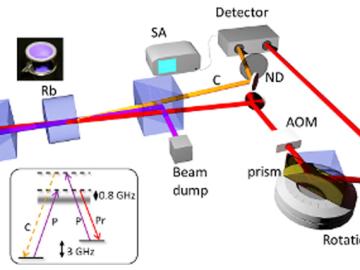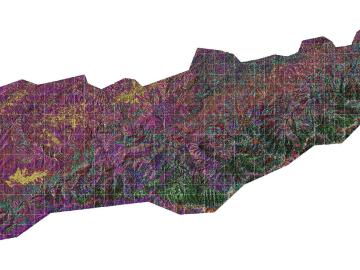Filter News
Area of Research
Media Contacts
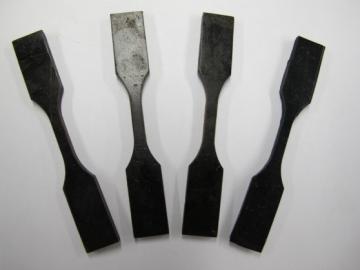


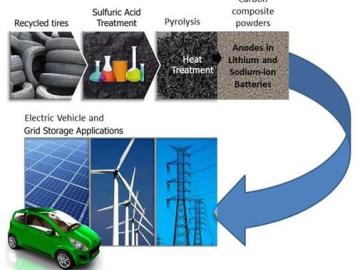
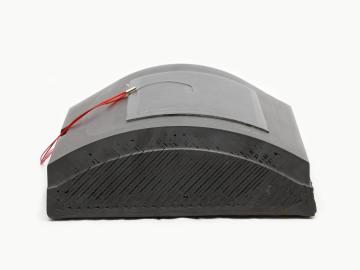
A successful test of 3D-printed thermoplastic molds demonstrates the potential of additive manufacturing in the tooling industry. Researchers at Oak Ridge National Laboratory’s Manufacturing Demonstration Facility collaborated with a team of industry partners to 3D-print and machine se...
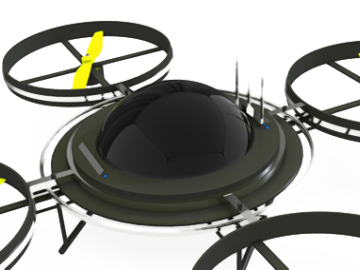
With the creation of the Unmanned Aerial Systems Research Center (http://uasresearch.ornl.gov), Oak Ridge National Laboratory makes available tools and capabilities with applications in environment, energy


By studying hospital occupancy rates in hospitals of countries where data is readily available, Oak Ridge National Laboratory researchers hope to further refine their population distribution and dynamics work. For this effort, researchers are focusing on night and day population de...
